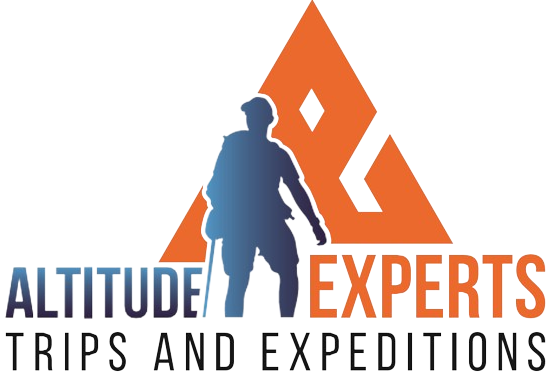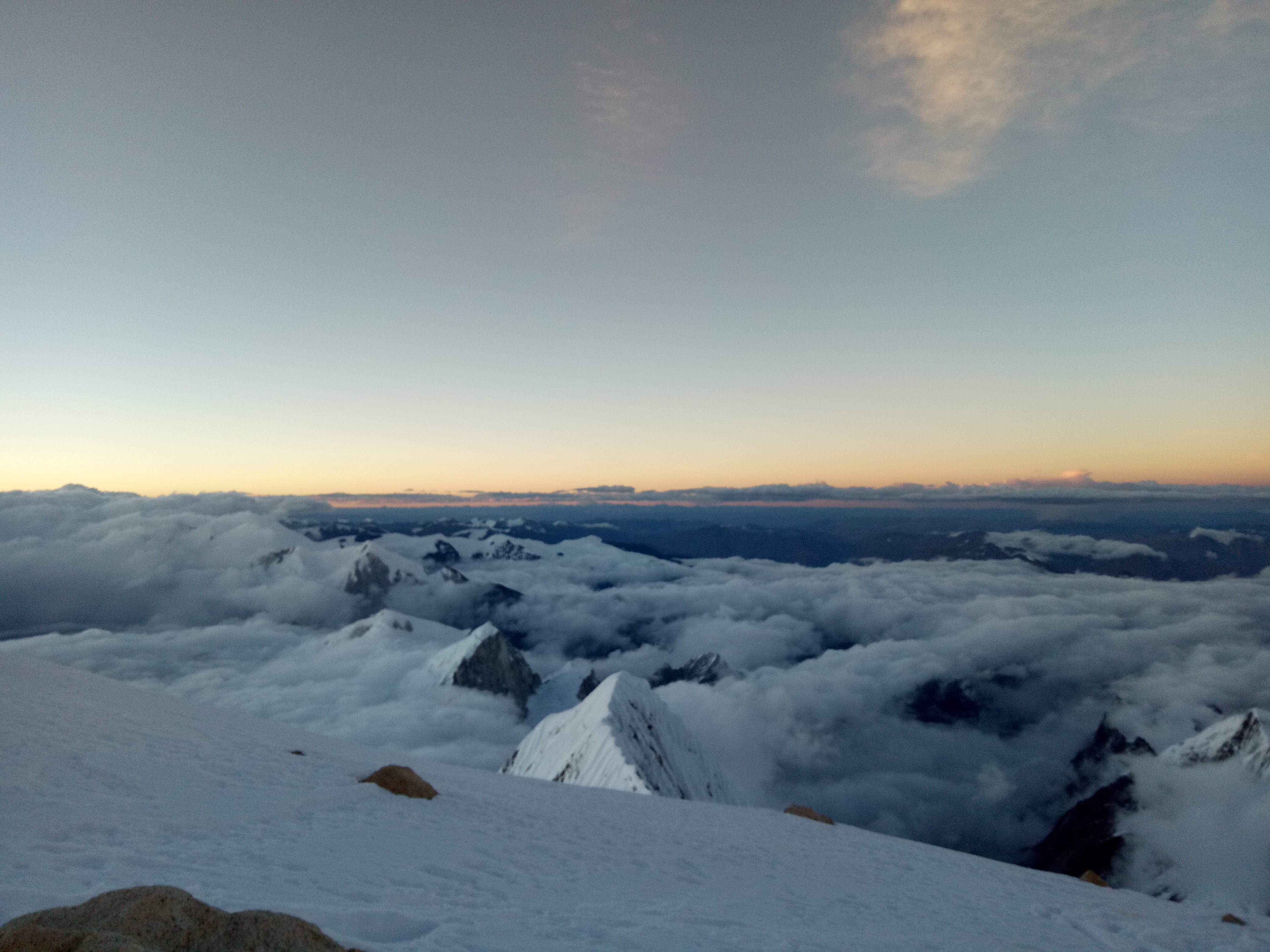For our 8000-meter expeditions, Altitude Experts provides a comprehensive and highly specialized gear list to ensure you are fully prepared for the extreme conditions of high-altitude climbing. Climbing peaks above 8000 meters presents unparalleled challenges, including the risk of extreme weather, dangerously low temperatures, and very thin air. At this altitude, your gear must meet the highest standards to ensure both safety and performance. Our gear recommendations focus on your comfort, protection, and success on these demanding climbs, tailored to the unique requirements of an 8000-meter peak.
Clothing:
At 8000 meters, maintaining warmth and protection against the elements is critical. Layering is key to managing the extreme conditions. Start with a moisture-wicking base layer to keep sweat away from your skin. Over this, wear an insulating layer such as a heavy-duty fleece or down jacket to provide necessary warmth. The outer layer should consist of a durable, waterproof, and windproof jacket and pants to shield you from snow, rain, and high winds. For summit attempts, you will need a high-quality, high-altitude down suit, designed to retain body heat even in the harshest conditions. Insulated gloves are essential; bring both lightweight gloves for regular use and heavy-duty, insulated mittens for summit day to protect your hands from frostbite. A warm, windproof hat and buff or neck gaiter will be essential for protecting your head, face, and neck from the extreme cold. Several pairs of moisture-wicking, warm socks are essential for comfort, and insulated, high-altitude boots are a must to keep your feet protected and stable on ice and snow.
Technical Equipment:
Climbing an 8000-meter peak requires specialized technical gear to ensure your safety during the climb. Crampons are indispensable for crossing glaciers and ice-covered sections, providing stability on the most treacherous terrain. An ice axe is essential for self-arrest in case of a fall and to assist in climbing steep sections of ice or snow. A climbing harness, carabiners, ropes, and belay devices are needed for ropework, glacier travel, and managing hazards on steep or vertical terrain. For safety during summit pushes or traversing unstable ground, you will need a set of jumar ascenders, a fixed rope, and possibly ice screws for extra protection. Trekking poles will help distribute weight and reduce strain on your joints, especially during descents. A lightweight, durable helmet will protect you from falling rocks and ice while climbing, while an avalanche transceiver and probe are highly recommended for glacier travel.
Camping and Sleeping Gear:
At 8000 meters, your camping gear must be of the highest quality to ensure survival in extreme cold and high winds. A four-season sleeping bag rated for -40°C or lower is essential for warmth and comfort during the night. An insulated sleeping pad is necessary to provide both comfort and protection from the cold ground. A four-season tent designed for high-altitude conditions and extreme weather is crucial for shelter at base camp or higher camps. These tents are designed to withstand strong winds, heavy snowfall, and freezing temperatures. In case of an emergency or unpredictable conditions, you should also have a high-altitude bivy sack for additional protection or to survive overnight in unexpected circumstances.
Cooking and Hydration:
Proper hydration and nutrition are essential for maintaining energy and performance at such high altitudes. A reliable stove and fuel are needed to melt snow for drinking water and cooking food in extreme conditions. Lightweight, durable cookware designed for high-altitude use is necessary to prepare meals quickly and efficiently. Insulated water bottles are crucial for preventing water from freezing, and a water purification system (tablets or filters) will ensure you have access to safe drinking water at remote locations. High-energy, calorie-dense meals are vital to keep your strength up and fight fatigue, and it's important to pack lightweight, easy-to-prepare meals that provide maximum nutrition for the physical demands of an 8000-meter climb.
Personal Gear:
Personal gear at this altitude is critical for ensuring your well-being in extreme conditions. A powerful headlamp with extra batteries is essential for early summit pushes or trekking during low-light conditions. High-quality sunglasses with UV protection are necessary to shield your eyes from the intense glare off ice and snow, while goggles are essential for summit day to protect against wind and snow. Strong sunscreen and high-SPF lip balm will protect you from sunburn and frostbite, which are particularly dangerous at such high altitudes. It's also crucial to carry any personal medications you may need, including altitude sickness medication such as Diamox, as well as a personal first aid kit to manage injuries or emergencies on the mountain.
Miscellaneous:
A strong, comfortable backpack designed to carry heavy loads is essential for expeditions of this magnitude. A lightweight, sharp climbing knife will be helpful in emergencies, and a compact first aid kit is necessary for managing injuries. If you're interested in documenting your journey, a camera with spare batteries and memory cards is a great way to capture your expedition. Altitude Experts also offers the option of having a professional photographer accompany you to capture your experience in stunning detail.
Altitude Experts ensures that you are fully equipped with the best gear for your 8000-meter expedition. Our gear list is designed to keep you safe, comfortable, and prepared for the extreme conditions of high-altitude climbing. With the right equipment and expert support, you can focus on the climb and the awe-inspiring experience of reaching the summit of some of the world’s highest peaks.
However, it's important to note that every 8000-meter peak expedition is unique, with different requirements based on the specific mountain, route, and season. Weather conditions, the altitude at which you'll be operating, and the technical difficulty of the climb will all influence the gear you'll need. Therefore, while our gear list serves as a solid foundation, we strongly recommend consulting with our experts to fine-tune your packing according to the specifics of your expedition. Our team is here to guide you through the entire process, providing tailored advice and recommendations that will ensure your gear is perfectly suited to the demands of your climb. Your success and safety are our top priorities, and we are dedicated to helping you prepare for the challenges of high-altitude mountaineering. For further details on the equipment we recommend or if you need personalized assistance, you can download our comprehensive Gear List PDF or contact us directly to speak with one of our experienced advisors.




